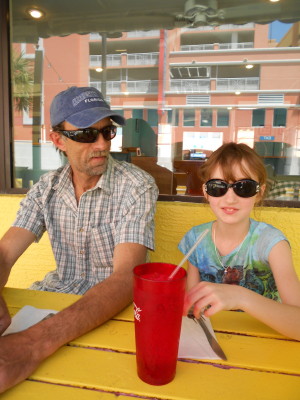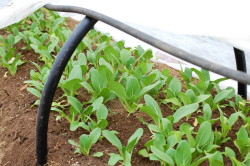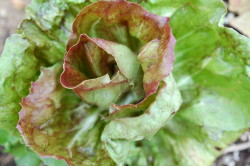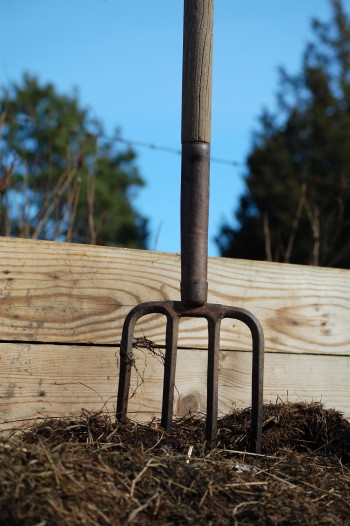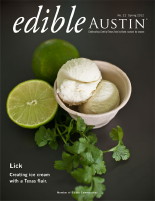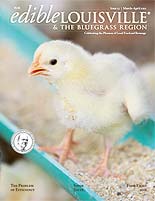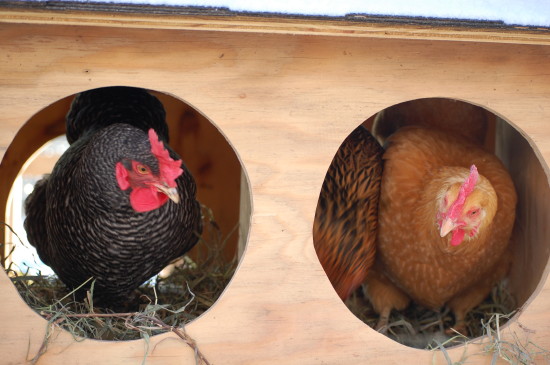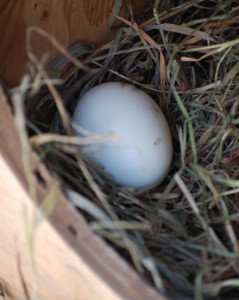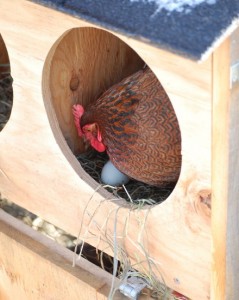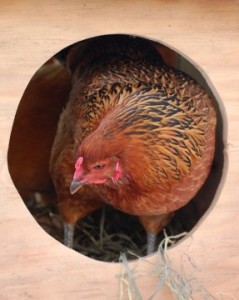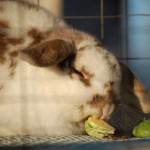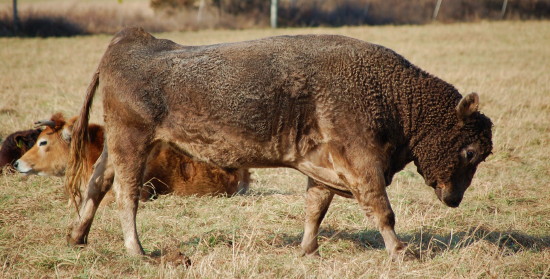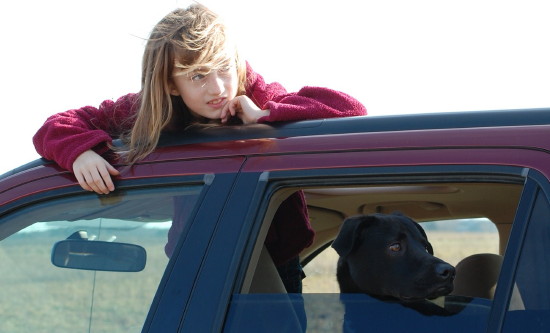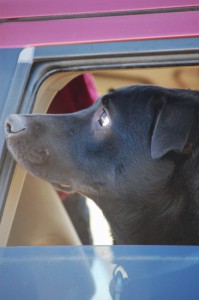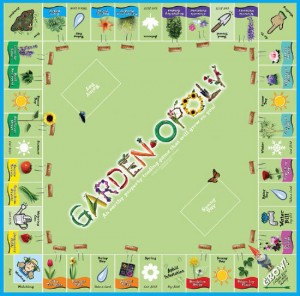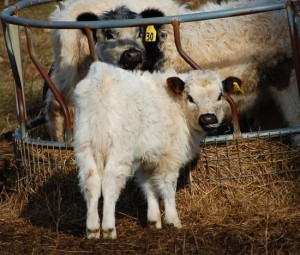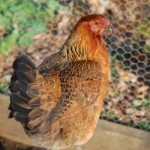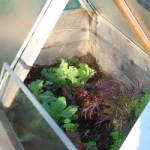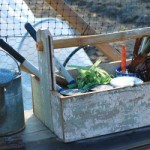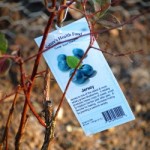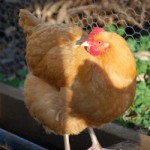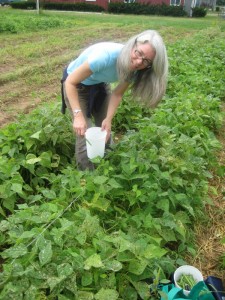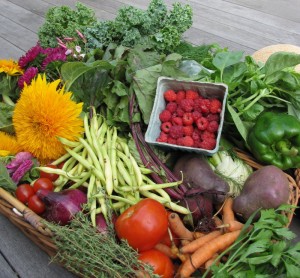 Looking Out
Looking Out
Rain today is grace
out my window,
here inside
a pool of warm soft
prayer for a day
gained like the gift
of a blue hen’s egg
in the barn’s new hay;
a simple wool sweater
cocoon of words and
songs and coffee all
morning and into
afternoon’s breaking
clouds, pushed on
by a front insistent
on sunshine for the
sweet, long-shadow
close of day.
– SM, April 29
Rifling through a drawer this week I found a poem I’d written in April—April of 2008, not long after coming to the Vineyard. But it felt familiar and comforting and perfect for this April (well, May now) and this rainy week. So I share it with you. And I’m sharing this beautiful picture of blueberry blossoms in our garden, because they fill me with hope and excitement. And because once again I don’t have a new veggie recipe I can offer you this week. Ironically, it’s not for not cooking. It’s just that I’m beholden not to publish the recipes.
I feel blessed with all the good work I have on my plate right now—writing, cooking, creating—but like Shylock’s pound of flesh, it’s all spoken for. I can’t share recipes or writing with you that’s bound for publication somewhere else down the road. I bet a lot of cookbook author-bloggers have this dilemma—you can be developing new recipes all day and not be able to share even a small bite with your blog readers. So it goes.
Since I have blueberries on the mind (not only am I excited about having our own bushes this year, but I’ve been cooking with blueberries this week, too. Yes, out of season—another quirk of the recipe development life), I’ll share a simple and delicious recipe for a crisp over on the Edible Vineyard site, just in case you can’t wait for summer.
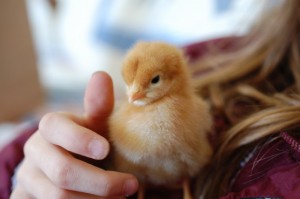 And for those of you wondering how the baby chicks are doing, I share these pictures of Bambi, Libby, and Farmer. Bambi is chick no. 49 and has been living inside the house in a box on my desk under a lamp since the day after the chicks arrived (she was tiny and hadn’t figured out the food-and-water routine). I’m afraid chick no. 50 died rather suddenly last Saturday afternoon. We had high hopes for her since we’d managed to bring Bambi back from the brink with plenty of water and food, but this little gal was already on her way out when we took her out of the brooder. Libby was here and we shared that sad and inevitable aspect of farm life together.
And for those of you wondering how the baby chicks are doing, I share these pictures of Bambi, Libby, and Farmer. Bambi is chick no. 49 and has been living inside the house in a box on my desk under a lamp since the day after the chicks arrived (she was tiny and hadn’t figured out the food-and-water routine). I’m afraid chick no. 50 died rather suddenly last Saturday afternoon. We had high hopes for her since we’d managed to bring Bambi back from the brink with plenty of water and food, but this little gal was already on her way out when we took her out of the brooder. Libby was here and we shared that sad and inevitable aspect of farm life together.  Fortunately, the other 48 are zipping around the brooder, growing their wing feathers already and eating and drinking (and napping) like crazy.
Fortunately, the other 48 are zipping around the brooder, growing their wing feathers already and eating and drinking (and napping) like crazy.
Meanwhile, we are using this time with Bambi (short for bambino) to teach Farmer about chickens—a couple times a day we take Bambi out to hold her and let Farmer sniff her. He gives her a kiss (a big slurping lick, which, yes, could be interpreted many different ways) and then moves along. Bambi seems nonplussed and hasn’t tried her beak out on him yet.
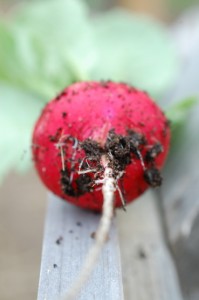 There’s all kinds of other stuff happening on the farmette; for instance, we now have a tractor. And it was free. I am not kidding—free (and it works). But that’s a whole ‘nother story. With the work Roy’s already done with it—and the 60 animals—it just seems like we blinked and the farmette grew up and became a real farm overnight. It must be meant to be, I guess. For now it’s back to desk work for me on this grey day, and may we all wake up tomorrow to sunshine and blueberry blossoms and little “cheep cheep” noises coming from a cardboard box.
There’s all kinds of other stuff happening on the farmette; for instance, we now have a tractor. And it was free. I am not kidding—free (and it works). But that’s a whole ‘nother story. With the work Roy’s already done with it—and the 60 animals—it just seems like we blinked and the farmette grew up and became a real farm overnight. It must be meant to be, I guess. For now it’s back to desk work for me on this grey day, and may we all wake up tomorrow to sunshine and blueberry blossoms and little “cheep cheep” noises coming from a cardboard box.

